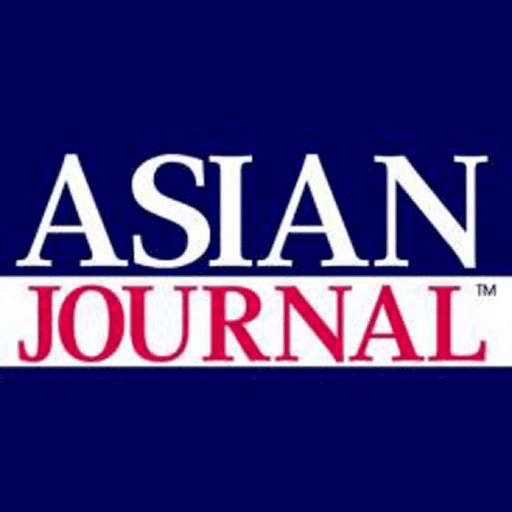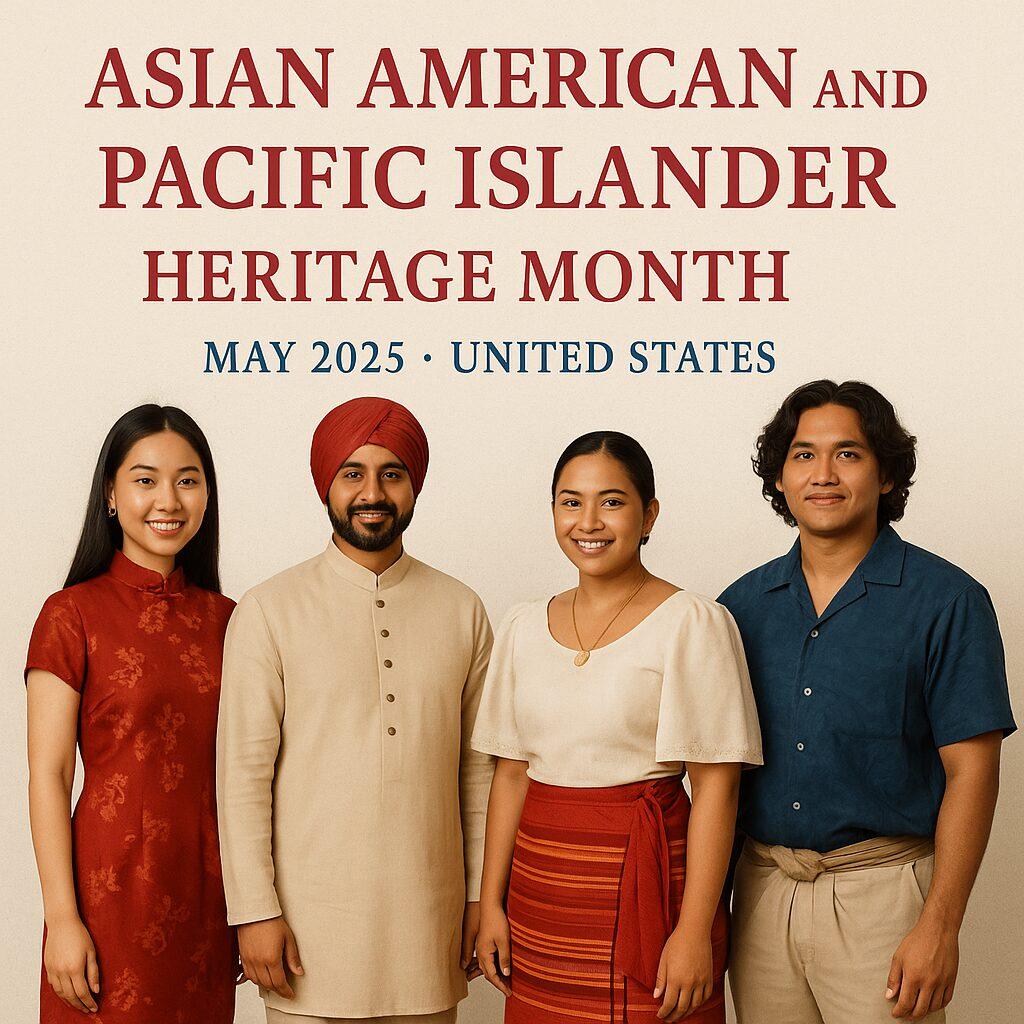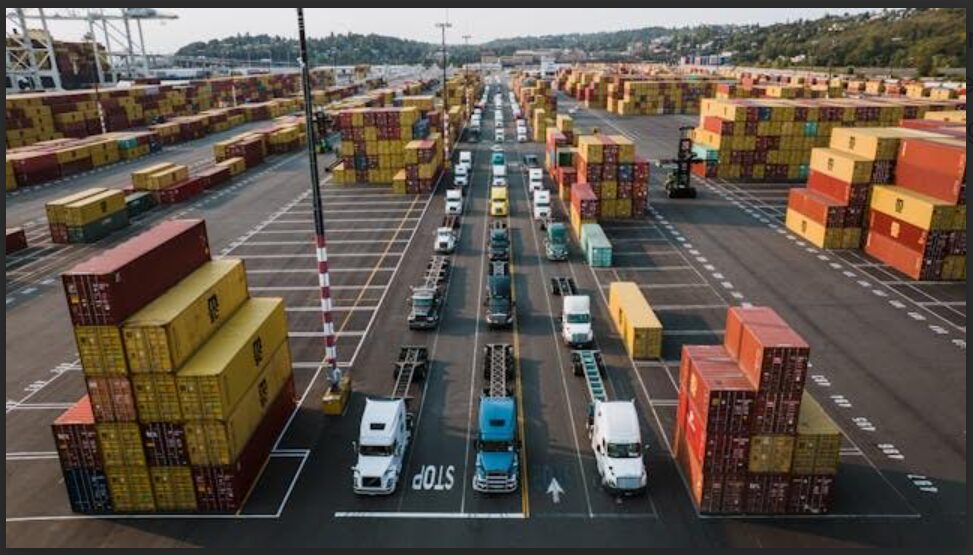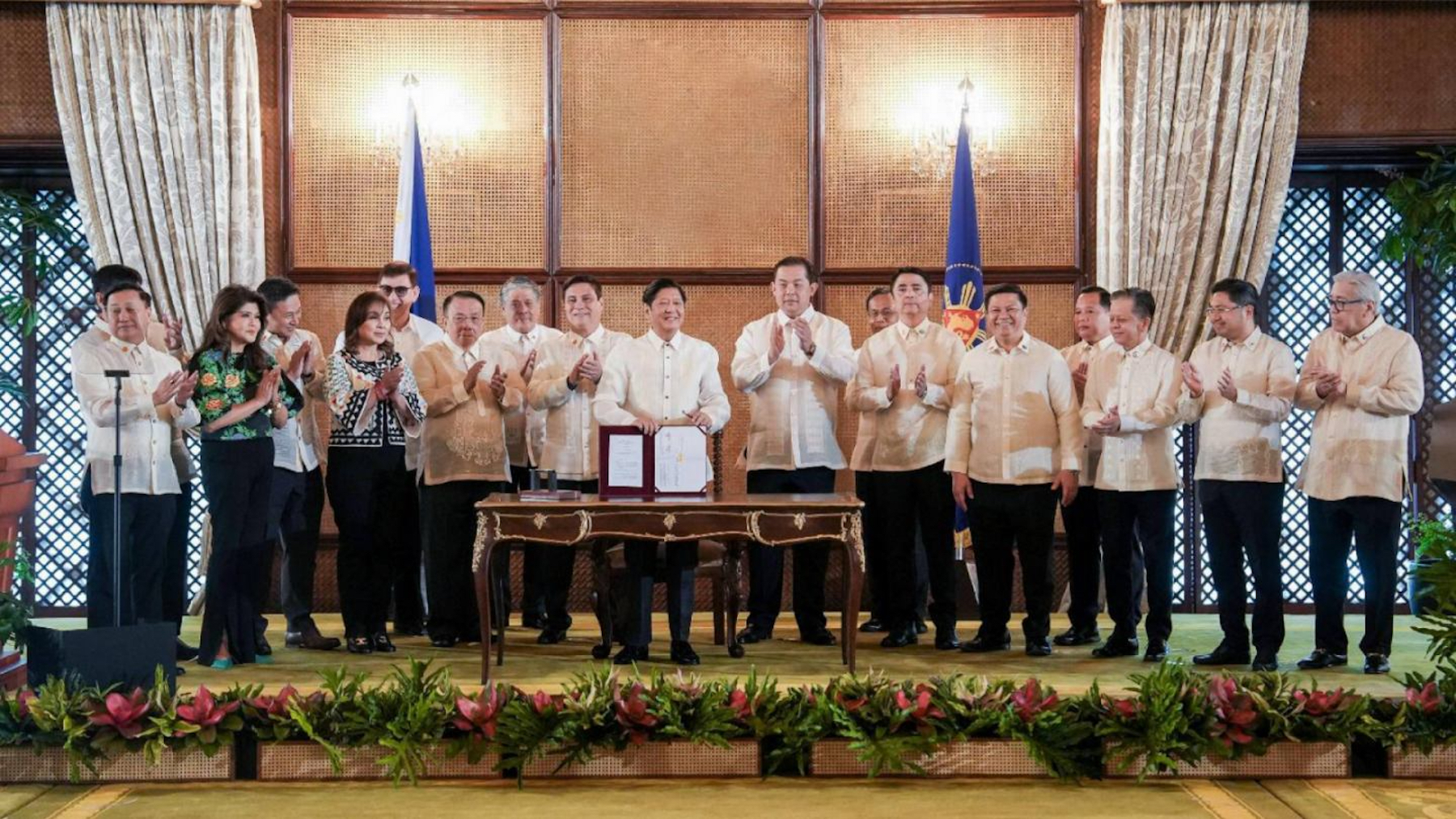Each May, the United States observes Asian American and Pacific Islander (AAPI) Heritage Month, a national recognition of the generations of Asian and Pacific Islander Americans who have enriched America’s history and are instrumental to its future. But in 2025, this celebration arrives at a moment of cultural and political tension—where Diversity, Equity, and Inclusion (DEI) programs are being challenged, and race-conscious efforts to remedy past injustices are under scrutiny.
For millions of Asian Americans—including the deeply rooted Filipino community—this month is not just about cultural pride. It’s about reclaiming visibility in a country where our presence has too often been misrepresented, stereotyped, or erased.
From Proclamation to Platform: The Evolution of AAPI Recognition
AAPI Heritage Month has its roots in a hard-fought legislative effort. In 1978, U.S. Representatives Frank Horton and Norman Mineta introduced a resolution to designate a week of May as Asian/Pacific American Heritage Week. It passed Congress and was signed into law by President Jimmy Carter on October 5, 1978.
The effort to expand the observance gained traction in the following decade. In 1992, with bipartisan support and Senate leadership from Daniel Inouye, President George H. W. Bush signed a bill officially designating May as Asian/Pacific American Heritage Month—a milestone for a community long excluded from national narratives.
That institutional visibility deepened in 1999, when President Bill Clinton established the White House Initiative on Asian Americans and Pacific Islanders (WHIAAPI) to improve access to federal programs and services for underserved AAPI populations. This policy platform provided a vital mechanism for interagency coordination and community advocacy.
In 2021, President Joe Biden reestablished and expanded this structure as the White House Initiative on Asian Americans, Native Hawaiians, and Pacific Islanders (WHIAANHPI) under Executive Order 14031. Its mission was to coordinate federal efforts to advance equity, opportunity, and inclusion for AANHPI communities.
However, in January 2025, Executive Order 14031 was rescinded through a new executive order, resulting in the conclusion of the initiative and the disbanding of the President’s Advisory Commission. This marked a significant shift in how the federal government engages with AANHPI communities.
As of this writing, there is no active, centralized White House platform dedicated to these communities in the same form that existed in previous years.
From Exclusion to Empowerment: The Arc of the Asian American Story
The history of Asian Americans in the U.S. is complex—defined by both extraordinary contributions and systemic exclusion. Chinese immigrants helped build the transcontinental railroad in the 19th century, only to face the Chinese Exclusion Act of 1882, the first federal law to bar immigration based on race.
Japanese Americans were forcibly incarcerated during World War II. South Asians, Koreans, Vietnamese, Hmong, and Cambodians fled political turmoil, only to face new forms of marginalization in America.
The term “Asian American” itself was born out of activism. Coined in the late 1960s by students and organizers in California, it was a political identity meant to unify diverse communities in the fight against racism, war, and colonialism.
It was not about erasing differences, but about forging solidarity among groups who, despite their varied languages and cultures, faced similar patterns of exclusion and invisibility.
Asian Americans have contributed across every sector: in science (Dr. David Ho’s pioneering work on HIV/AIDS), literature (Amy Tan, Viet Thanh Nguyen), activism (Yuri Kochiyama, Grace Lee Boggs), politics (Vice President Kamala Harris, Senator Mazie Hirono), the arts (Sandra Oh, Ali Wong, Daniel Dae Kim), and public service (Rob Bonta, the first Filipino American attorney general of California).
Yet the community remains underrepresented in leadership roles and continues to confront the enduring “perpetual foreigner” stereotype.
Filipino Americans: A Legacy Hidden in Plain Sight
Filipino Americans—now numbering approximately 4.6 million—make up about 19% of the U.S. Asian population, making them the third-largest Asian origin group, following Indian and Chinese Americans. Their presence in America dates back to 1763, when Filipino seafarers settled in Louisiana. During the early 20th century, Filipinos arrived as laborers—classified as “U.S. nationals” under American colonial rule—working in California’s fields, Alaska’s fish canneries, and serving disproportionately in the U.S. military.
Yet their contributions were rarely honored. In fact, it wasn’t until 2009 that Filipino World War II veterans were officially recognized with the Congressional Gold Medal, after decades of being denied full benefits and acknowledgment.
Today, Filipino Americans continue to shape American life as nurses, teachers, engineers, artists, and civic leaders. Rob Bonta’s historic appointment as California Attorney General marked a breakthrough for the community, reflecting how far Filipinos have come in asserting their leadership in American public life. His advocacy on racial equity, gun safety, and immigrant rights offers a powerful example of how Filipino Americans are helping shape a more just society.
A Celebration Amid Backlash
The celebration of AAPI Heritage Month in 2025 occurs against a backdrop of growing backlash to DEI initiatives, ethnic studies programs, and race-conscious policymaking. In some states, efforts to ban curriculum that teaches about racism or systemic inequality have gained traction. Programs meant to elevate underrepresented voices are being dismantled under the claim that they create “division” or “discrimination.”
But without DEI, there would be no AAPI Heritage Month. There would be no recognition of Vincent Chin, whose 1982 murder galvanized the Asian American civil rights movement. No teaching of the 1992 LA riots from the perspective of Korean American storeowners. No space for understanding why Asian Americans have some of the highest income inequality of any racial group—despite being misrepresented as a uniformly “successful” model minority.
The removal of DEI policies also narrows the lens through which the nation examines its past and builds its future. It reduces the complexity of American history to a one-size-fits-all narrative, silencing stories that have shaped—and continue to shape—the nation.
Why This Month Still Matters
AAPI Heritage Month is not a festival of exotic food or fashion. It is a month of remembrance, reflection, and renewal. It asks America to look deeper into its own story—a story that cannot be told honestly without Asian Americans.
For Filipinos and all communities within the Asian American fabric, this is a time to tell our stories on our own terms. To honor the farmworkers of Delano, the immigrant nurses who kept hospitals afloat during a pandemic, the teachers and union organizers, the artists and authors, the young leaders redefining what it means to be Asian and American.
In a recent interview, Lea Salonga, the Tony Award-winning Broadway star, reflected on how far the community has come: “I never imagined I would see this many performers of Filipino descent on Broadway in this lifetime.” Her message that – “There is room for all of us.” – captures the very spirit of AAPI Heritage Month: expanding the stage, elevating voices, and affirming that belonging is not a privilege, but a right.
May is not just Heritage Month. It is a time to remember, to reflect, and to shine. It pays homage to the generations who cleared the way so others could pass through freely, and it amplifies voices too often left unheard.
Asian Americans, including Filipino Americans, are not footnotes or afterthoughts in the American story. We are part of its very fabric—woven through its history, shaping its present, and actively guiding its future.







